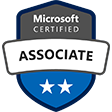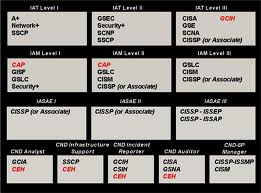Course Overview:
Through hands-on labs, you will learn to automate system administration tasks on managed hosts with Ansible, learn how to write Ansible playbooks to standardize task execution, and manage encryption for Ansible with Ansible Vault. This course will also teach you how to deploy and use Red Hat® Ansible Tower to centrally manage existing Ansible projects, playbooks, and roles; perform basic maintenance and administration of the Ansible Tower installation; and configure users and teams and use them to control access to systems, projects, and other resources through role-based access controls. You will learn to use Ansible Tower’s visual dashboard to launch, control, and monitor Ansible jobs; use the Ansible Tower application programming interface (API) to launch jobs from existing templates; automatically schedule Ansible jobs; and dynamically update host inventories.
Course Objectives:
- Install and troubleshoot Ansible on central nodes and managed hosts
- Automate administration tasks with Ansible playbooks and ad hoc commands
- Write effective Ansible playbooks
- Protect sensitive data used by tasks with Ansible Vault.
- Install and configure Ansible Tower for enterprise Ansible management
- Use Ansible Tower to control access to inventories and machine credentials by users and teams
- Create job templates in Ansible Tower to standardize playbook execution.
- Centrally launch playbooks and monitor and review job results with Ansible Tower
Course Outline:
- Introduce Ansible
- Deploy Ansible
- Implement playbooks
- Manage variables and inclusions
- Implement task control
- Implement Jinja2 templates
- Implement roles
- Configure complex playbooks
- Implement Ansible Vault
- Troubleshoot Ansible
- Install Ansible Tower and describe Ansible Tower’s architecture
- Create users and teams for role-based access control
- Create and manage inventories and credentials
- Manage projects for provisioning with Ansible Tower
- Construct advanced job workflows
- Update inventories dynamically and compare inventory members
- Maintenance and administration of Ansible Tower
Dates/Locations:
No Events
Duration: 5 Days
Prerequisites:
- Become a Red Hat Certified System Administrator, or demonstrate equivalent experience
Target Audience:
This course is designed for Linux system administrators, cloud administrators, and network administrators needing to automate configuration management, application deployment, and intraservice orchestration at an enterprise scale.

